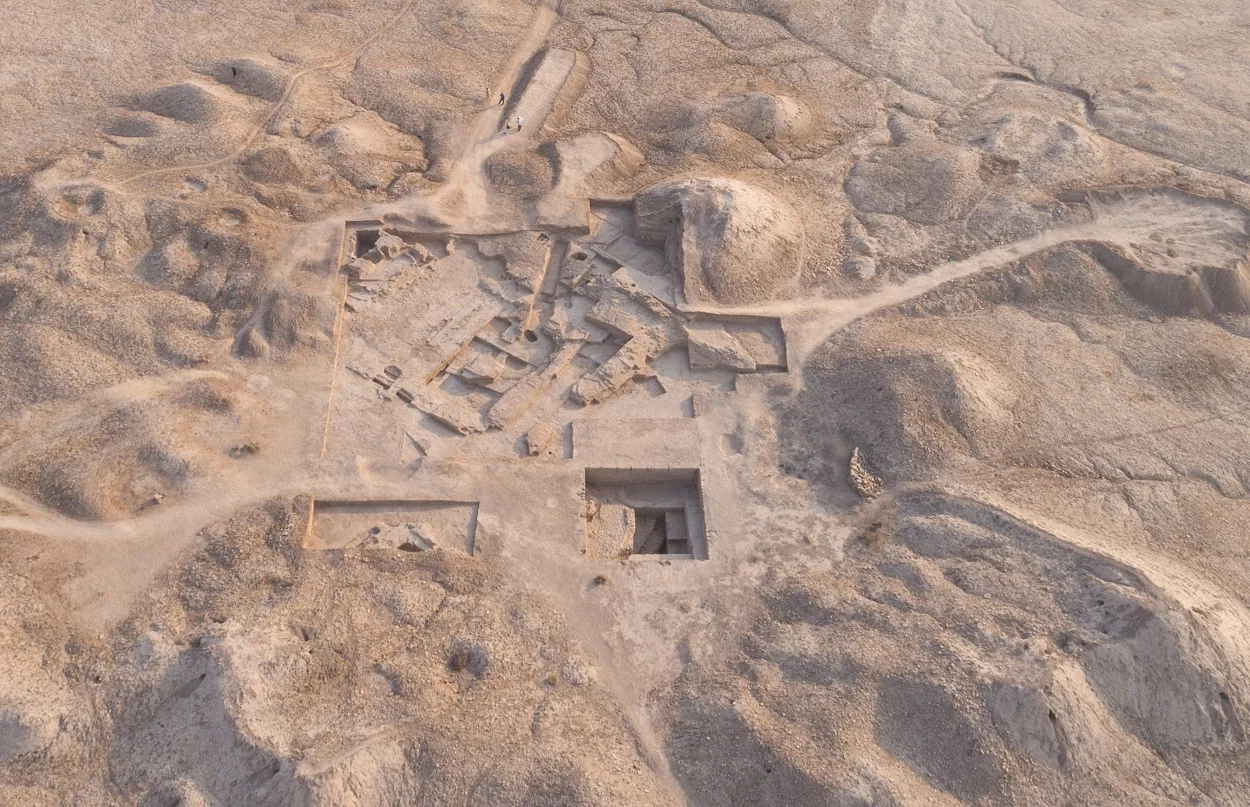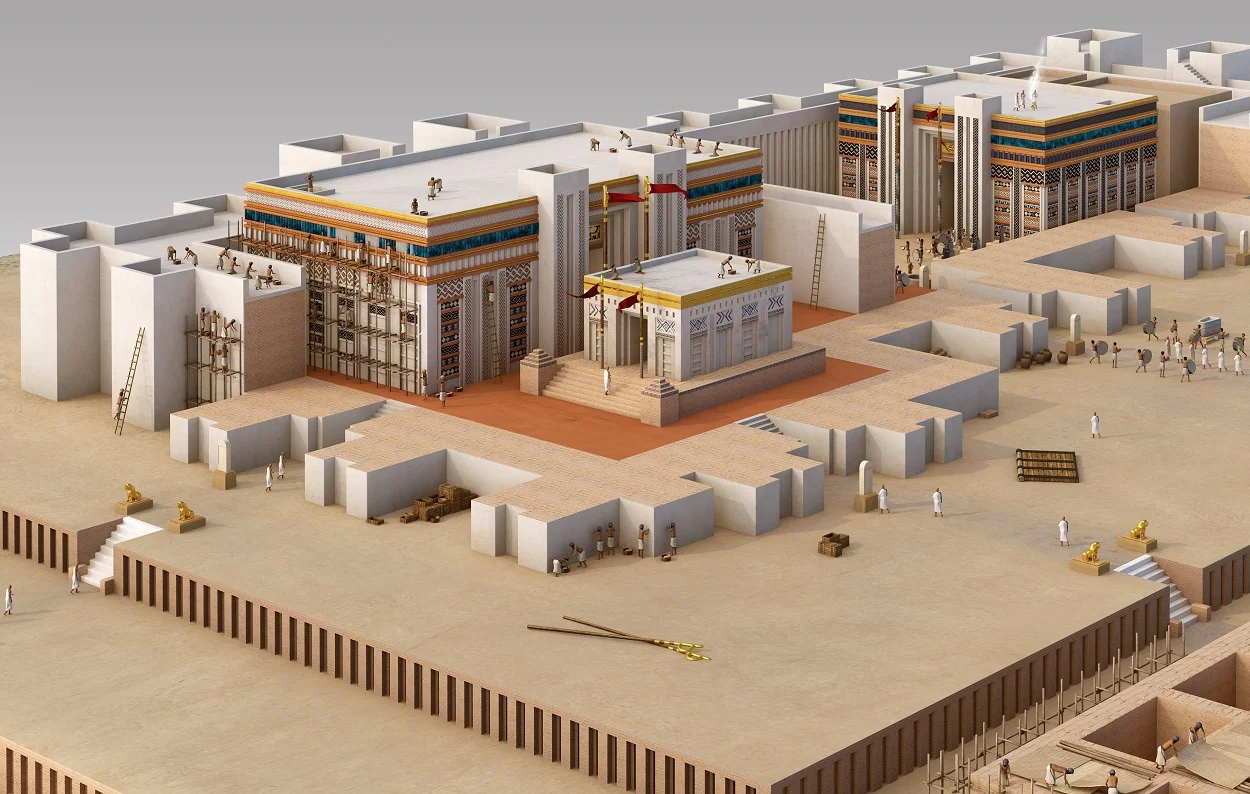Archaeologists from the Girsu Project have uncovered the remains of a Royal Sumerian palace and temple complex in the ancient city of Girsu, located in the Dhi Qar Governorate, Iraq.
Girsu was a city of the Sumer, one of the earliest known civilisations in the historical region of southern Mesopotamia. Occupation at Girsu dates from the Early Dynastic period (2900-2335 BC), emerging as the capital of the Lagash Kingdom, and a major administrative centre during the Ur III period (2112-2004 BC).
Girsu was discovered during the 19th century, with the first excavations being conducted in the 1880s by the French archaeologist, Ernest de Sarzec.
These early excavations uncovered the famous Stele of the Vultures (the earliest known war monument), that dates from the Early Dynastic IIIb period (2600–2350 BC) and commemorates the victory of king Eannatum of Lagash, over Ush, king of Umma.

The site consists of two large tells (mounds), one rising 50 feet above the plain, and the other 56 feet. Over the centuries, Girsu has been damaged from poor excavation standards during the 19th and 20th century, and illegal excavations searching for artefacts to sell on the black market.
A study in 2021 by the Girsu Project, a joint initiative between the British Museum and the State Board of Antiquities and Heritage (SBAH) of Iraq, have been applying remote sensing within the Girsu zone at an area designated as Tablet hill.
The study revealed a vast complex of undisturbed architectural remains, which have now been excavated to reveal a mudbrick-built palace and more than 200 ancient cuneiform tablets containing administrative records.
Archaeologists also discovered a main sanctuary of the great Sumerian god, Ningirsu (from whom the city has taken its name), located in the sacred precinct called the Urukug. The sanctuary is named Eninnu, the White Thunderbird, and would have been revered as one of the most important temples of Mesopotamia.
Dr Hartwig Fischer, Director of the British Museum, said: “While our knowledge of the Sumerian world remains limited today, the work at Girsu and the discovery of the lost palace and temple hold enormous potential for our understanding of this important civilisation, shedding light on the past and informing the future.”
The Girsu Project
The Girsu Project, led by the British Museum and funded by Getty, builds on the legacy of the Museum’s Iraq Scheme, developed in 2015 and first funded by the British Government in response to the destruction of heritage sites in Iraq and Syria by Daesh (or Islamic State). The Girsu project addresses the damage caused by early excavations and modern looting.
Header Image – Reconstruction of the palace – Image Credit : British Museum





